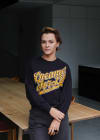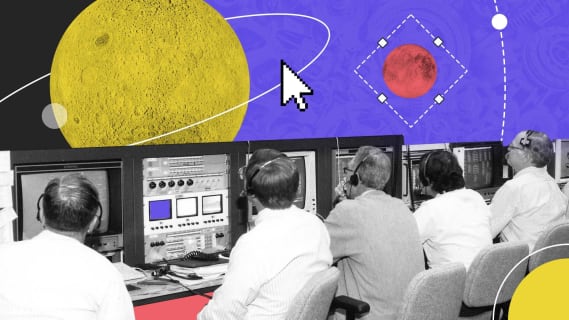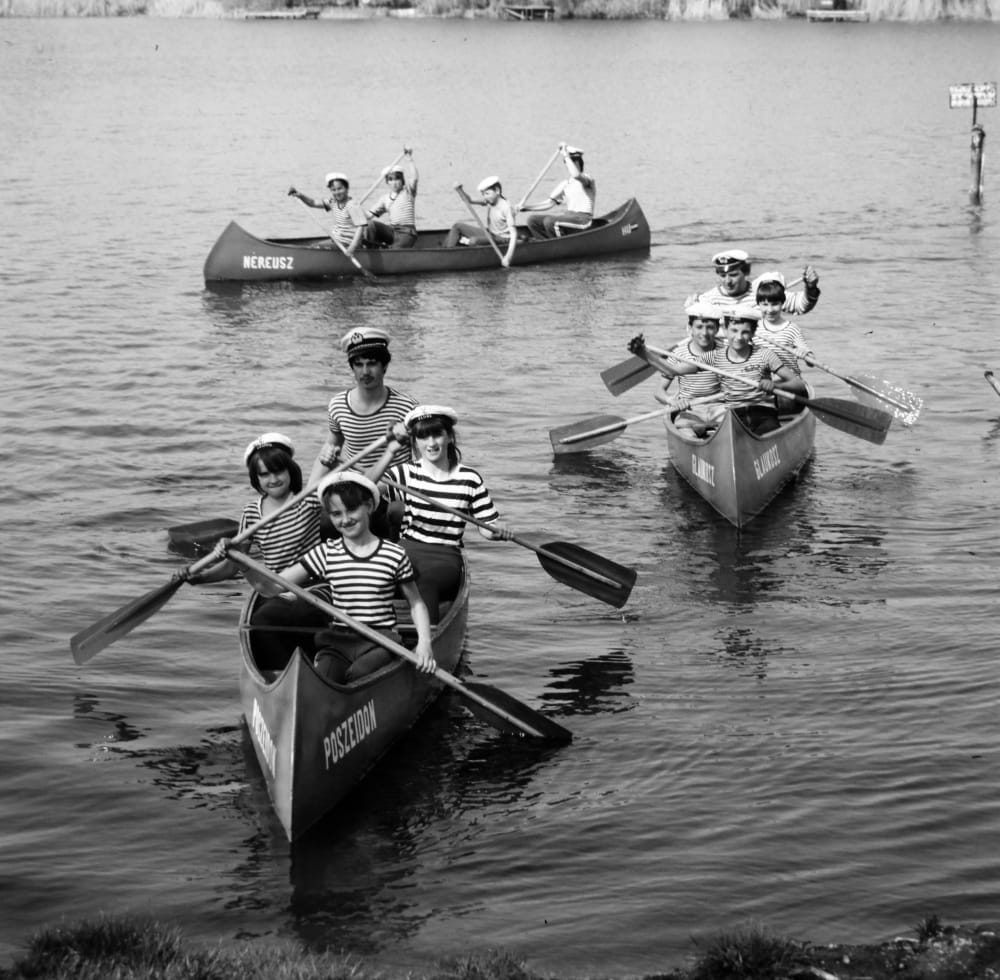Three ways we design products today. (And why sometimes, not designing is the smartest design move)
I’ve been building digital products for nearly two decades, first as co-founder and CEO of Chilid: a hi-end design agency working with international clients across industries. Later, as Boldare took shape, I continued working closely with our clients — facilitating business workshops, observing how their challenges evolved, and helping them translate those into user-centered digital solutions. I witnessed firsthand how the role of design shifted from crafting interfaces to shaping entire service ecosystems.
This perspective still shapes how we approach design today. As a nearshore software development company in Europe, we build digital products from scratch and also join projects at various stages. We work side by side with clients around the world, helping them turn complex ideas into real-life solutions. We integrate into their teams, co-create digital tools, and support fast-paced product development with the smartest use of design.

Table of contents
Back when we were designing in the days before YouTube existed, interface design was everything. Today? Design is still everything — but it looks completely different.
I don’t see design today as a matter of polishing screens. It’s about orchestrating ecosystems of experience: between tools, users, delivery channels, and real-world use cases. That’s where the real value lies. (More on that in the NNg UX Podcast episodes on service design.) We co-create digital platforms for renewables, education, customer panels, and internal portals. And often, our strategic design choice is to skip traditional “design” altogether. According to IDC and Gartner, by 2027, up to 60% of user interactions will occur via invisible, AI-driven interfaces, making it more important than ever to think beyond screens and UI elements. Because sometimes, no UI is better UX.
As Erika Flowers noted in The Future of Service Design:
In the near future, your ‘client panel’ might just be a friendly face that asks, ‘What do you need today?’ — instead of a multi-tabbed dashboard.
Why do we offer three different ways to approach design?
(And how this benefits your product when working with a European software development company).
Not all products need the same type of design involvement. That’s why we’ve developed a simple framework- three levels of design execution- that lets us match the right approach to your business reality:
🟡 1.0 Interface Craft
Pixel-perfect UI, components, tidy visuals when you need to make something beautiful and functional. Think polished dashboards, refined components, and WCAG-friendly screens. But let’s face it: this is no longer the future of design.
🔵 2.0 Experience Optimisation
User journey mapping, UX KPIs, A/B testing when you’re ready to test and tune how people experience your product. This is where good design starts to show real ROI. UX is a growth tool here. Not just aesthetics.
🟣 3.0 Strategic Design Orchestration
AI, no-design, service design, business-driven UX. This is where we often start today. With tools like LLM-assisted flows, zero-interface design, or orchestrating systems instead of screens. Here, we work with you on service logic, customer experience strategy, and design systems that serve your goals, not decorate your app.
Design execution modes
What may be included in our activities
| Capability | 1.0 Interface Craft: light, fast, tidy | 2.0 Experience Optimisation: insight-driven growth loops | 3.0 Strategic Orchestration: AI / bespoke / bet-chosen for ROI |
|---|---|---|---|
| Dedicated Design System or tailored UI/UX | Starter token set + 10 - 12 core components • 1-to-1 visual refactor to ready screens | Full Design System (tokens 20, theming, motion) • Brand-fit research • unique patterns | DS governance Decision matrix • Scaffold vs hand-craft • DS linked to product portfolio roadmap |
| Data-Driven Growth | Plug-in analytics (heat-maps, rage-clicks) • Heuristic quick wins to cut friction | A/B tests SUS surveys, funnel KPIs feed backlog • “Experiment → Learn → Ship” sprints | Always-on telemetry auto-spawns growth epics • ROI model = iteration cost vs ∆ metric |
| Growth Management (User flows & IA + Delivery Plan) | Information Architecture hygiene labels, redirects, dead-end fixes • UI/IA bug tickets in Backlog | Journey maps, flow redesign, shared IA-backlog map | Portfolio roadmap prioritises IA, UX or AI bets by OKRs • Capacity & budget woven into Delivery-Plan template |
| Design from Scratch (MVP / brand new product) | Rapid brand essentials (logo craft, palette, type) • Skeleton screens on off-the-shelf DS • Lean canvas ready in days | Full discovery workshops, persona research, prototype validation • Bespoke brand guidelines + MVP UI library | End-to-end product & brand strategy Modular DS built alongside business model • AI-assisted iterations for go-to-market speed |
What does design mean for us today?
It’s not about drawing rectangles anymore. It’s about:
- Choosing the right channel: UI, chatbot, form, automation, voice
- Matching user intent with the business model
- Understanding when AI can handle the UX faster, cheaper, and better
- Reducing friction by sometimes removing the interface entirely
- Listening to actual user behavior — not personal preference
This is service design in practice. And we’re doing it every day: as a product partner and software development company for clients across sectors.
As we often say at Boldare, design isn’t something we layer on top of the product. it’s embedded in how the product actually works.
Design is still critical. But not where you think.
The question today isn’t “how should this look?” It’s:
- “What role does design play in getting this product to market fast?”
- “Where can AI support or replace manual design?”
- “Is this even a design challenge or a delivery/communication one?”
- “How do we make this work across cultures, devices, and expectations?”
We explore all of this, especially when working with nearshore clients in the EU and US who want smart design, not bloated sprints.
So… when is design really needed, and in what form?
If you’re building platforms in sectors like renewables, education, or public services, you might not need a full-time designer. You need clarity:
- What kind of experience are we enabling?
- What’s the smartest way to get there?
Sometimes it’s a UI. Sometimes it’s an invisible flow. Sometimes, it’s no interface at all. It’s not about having a designer, It’s about choosing the design approach that fits.
Want to go deeper?
We recommend checking the NNg UX Podcast episodes on “Invisible Interfaces” and “Service Design vs. Product Design”, they echo much of what we’re seeing with clients every week.
Learn more about how we do UX strateg or schedule a conversation if you’d like to reflect on your product’s direction: no pitch, just product talk.
Share this article:






